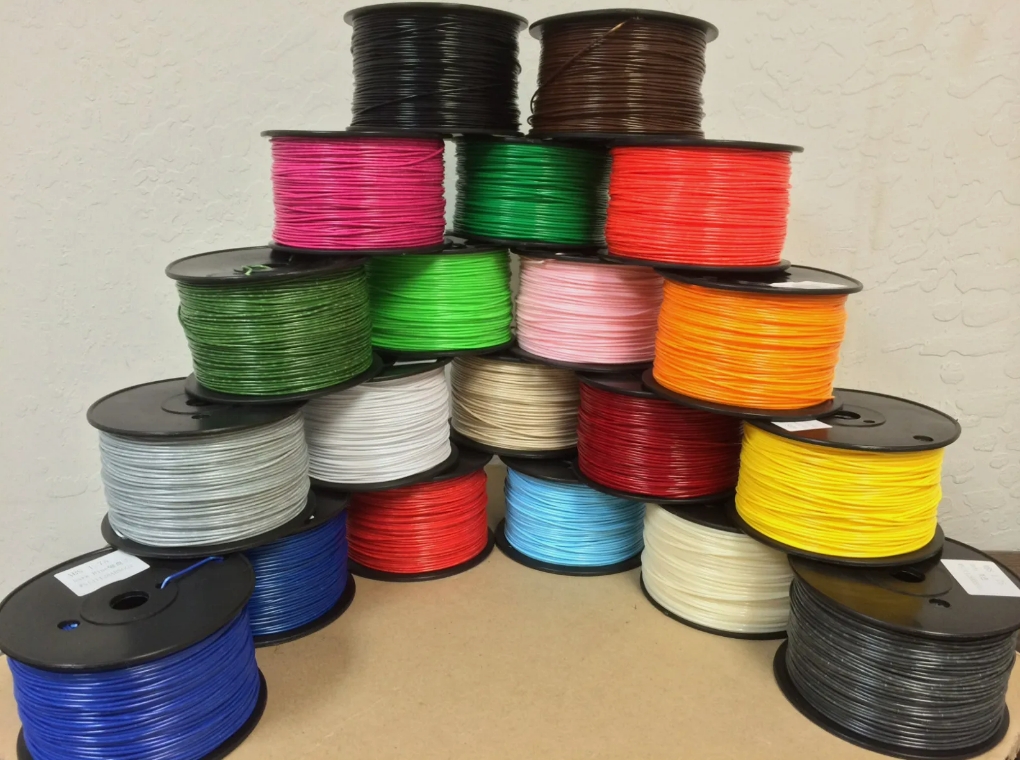Unlocking the Potential of PETG: Exploring the Best 3D Printing Settings
Introduction:
PETG (Polyethylene Terephthalate Glycol) has gained popularity among 3D printing enthusiasts due to its excellent balance of strength, flexibility, and ease of use. Achieving optimal results with PETG requires fine-tuning of various printing parameters. In this blog, we will delve into the best PETG printing settings to help you produce high-quality prints with this versatile filament.
What’s the advantages of PETG?
PETG (Polyethylene Terephthalate Glycol) offers several advantages that make it a popular choice for 3D printing and other applications. Here are some key advantages of PETG:
- Strength and Durability: PETG is known for its excellent strength and durability, making it suitable for functional parts and applications that require structural integrity. It has a higher impact resistance compared to materials like PLA, making it less prone to cracking or breaking under stress.
- Flexibility: PETG exhibits a good level of flexibility, allowing it to withstand bending and twisting without easily deforming or snapping. This flexibility makes it suitable for applications that require parts to have some give or resilience, such as hinges, clips, or mechanical components.
- Chemical Resistance: PETG has excellent resistance to chemicals, including common solvents and oils, making it suitable for applications where exposure to such substances is expected. It can withstand contact with cleaning agents, fuels, and some acids without degrading or losing its properties.
- Water Resistance: PETG has inherent water resistance, making it less prone to absorbing moisture compared to materials like PLA. This property makes it suitable for applications that require resistance to humid environments or exposure to water.
- Ease of Printing: PETG is relatively easy to 3D print, with a wider printing temperature range compared to some other materials. It has a lower tendency to warp or shrink during printing, making it more forgiving for beginners or printers without heated chambers. PETG also adheres well to various build surfaces, reducing the need for additional adhesives or surface treatments.
- Food-Safe and FDA Approved: PETG is considered food-safe and FDA approved, making it suitable for applications that involve food contact, such as drinkware, food containers, or utensils. However, it is important to ensure that the specific PETG filament used is certified for food contact.
- Recyclable: PETG is a recyclable material, which means it can be collected and processed for reuse, reducing waste and environmental impact. It is commonly used for applications that prioritize sustainability and recyclability.
These advantages make PETG a versatile material for a wide range of 3D printing applications, functional prototypes, mechanical parts, and even end-use products. Its strength, durability, flexibility, and chemical resistance make it a reliable choice across various industries, from automotive and aerospace to consumer goods and healthcare.
What’s the best settings for PETG 3D Printing?
- Nozzle Temperature:
PETG typically requires a higher nozzle temperature compared to PLA. Start with a nozzle temperature range of 230-250°C.
- Bed Temperature:
To promote good bed adhesion and minimize warping, a heated bed is recommended when printing with PETG. Set your bed temperature between 70-90°C. Applying a suitable adhesive like blue painter’s tape, BuildTak, or a PEI sheet can further enhance bed adhesion. Ensure the print bed is level and clean before each print to achieve consistent results.
- Print Speed:
PETG prints well at moderate print speeds. Start with a speed of around 60-100mm/s and adjust as needed based on your specific printer capabilities and filament properties. Keep in mind that slower speeds generally result in better print quality, especially for intricate details, overhangs, and bridges.
- Cooling:
Unlike PLA, PETG does not require active cooling during printing. In fact, excessive cooling can lead to layer adhesion issues and decrease print quality. It is recommended to disable or reduce part cooling fans, allowing the layers to cool gradually. However, if you encounter issues like stringing or excessive oozing, you can experiment with low fan speeds or enable cooling for specific layers.
- Layer Height and Wall Thickness:
For optimal results, consider using a layer height between 0.1-0.3mm. Smaller layer heights provide finer details but increase print time. A wall thickness of at least 1.2mm is advisable to ensure structural integrity and prevent print failures. Adjust these settings based on the desired balance between print quality and print time.
- Support Structures:
PETG generally requires support structures for overhangs and complex geometries. Enable support structures in your slicer software, ensuring easy removal without damaging the print. Consider using tree supports or modifying the support density to reduce the material and post-processing efforts.
- Post-Processing and Finishing:
PETG prints can benefit from post-processing techniques such as sanding, polishing, or heat treatment. Sanding can remove layer lines and imperfections, while polishing can give the print a smooth, glossy finish. Heat treatment (annealing) can enhance the mechanical properties of PETG, increasing its strength and stability, the recommended annealing temperature of PETG is 70-80°C for around 3-4 hours.
Conclusion:
By fine-tuning your PETG printing settings, you can unlock the full potential of this versatile filament and produce high-quality prints with excellent strength and flexibility. Remember to adjust settings based on your specific printer, filament brand, and project requirements. PETG offers a great balance between ease of use and performance, making it an excellent choice for a wide range of applications. Happy printing!
Disclaimer: The recommended settings provided in this blog are general guidelines and may vary based on specific printer models, filament brands, and personal preferences. Always refer to the manufacturer’s recommendations and conduct your own tests to determine the optimal settings for your setup.















